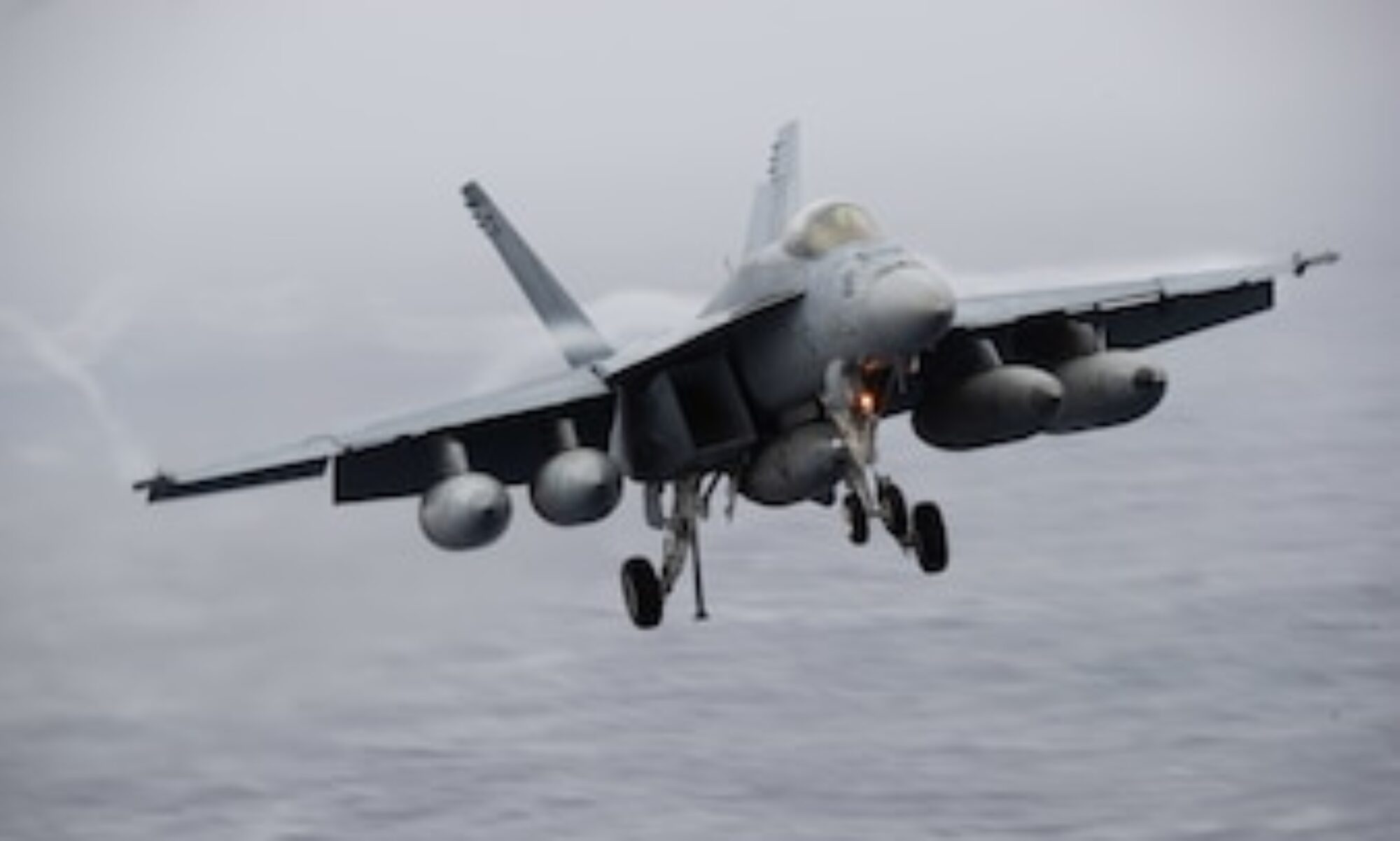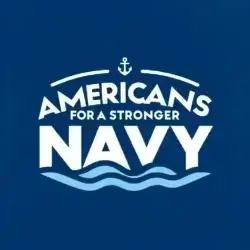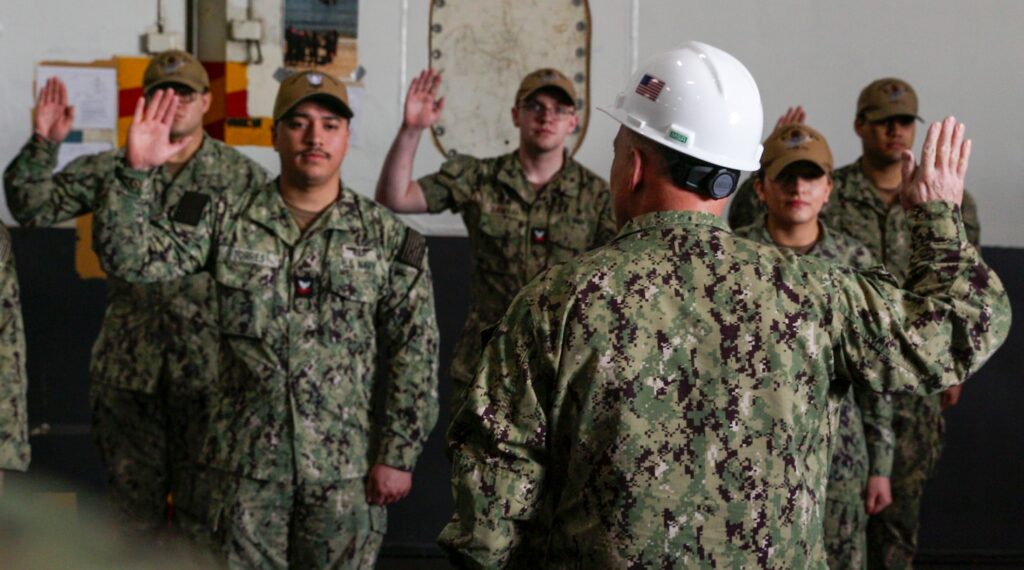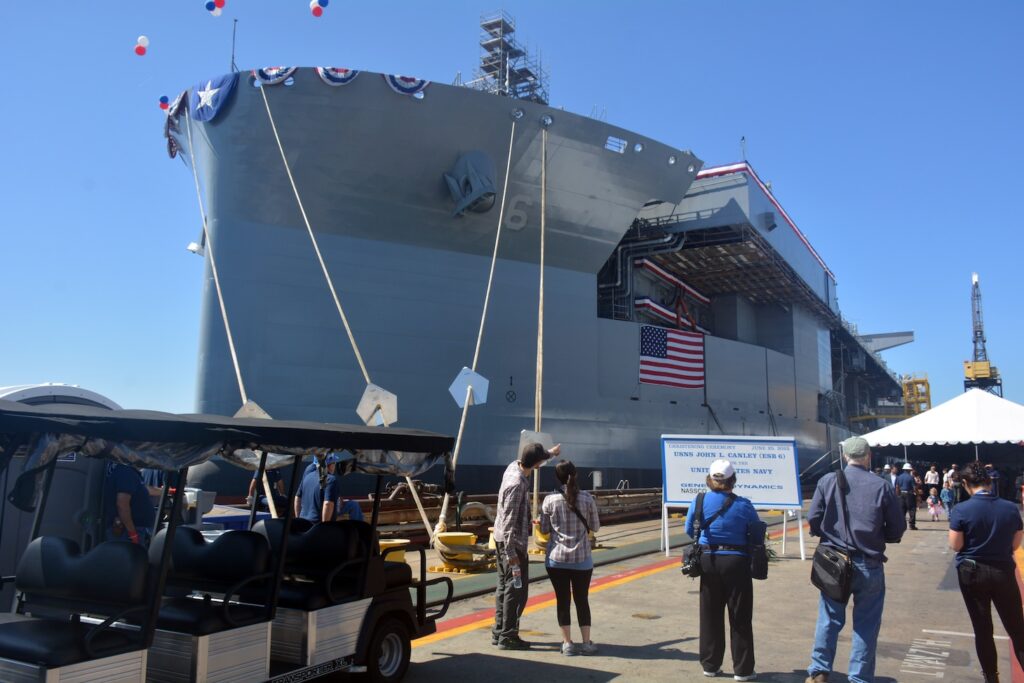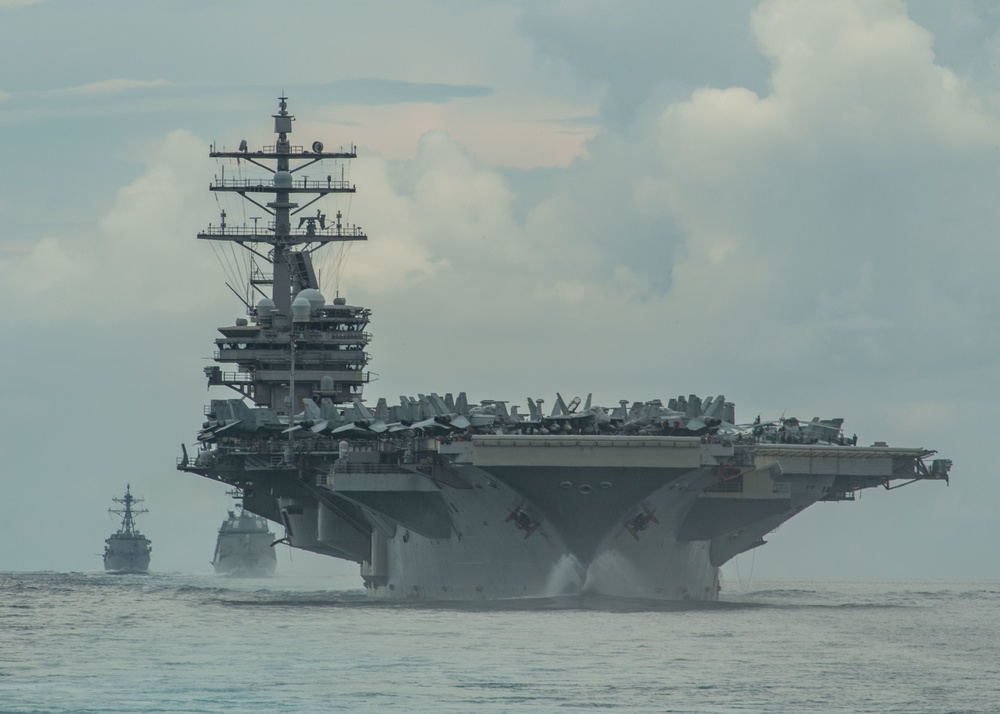
The United States plans to replace its Japan-based aircraft carrier, the USS Ronald Reagan, by 2025 with a newer, more advanced vessel capable of accommodating new fighter jets and other advanced systems. The move is seen as part of the US efforts to maintain its military presence in the Indo-Pacific region amid increasing security challenges from China and North Korea. The new carrier is expected to be larger and morpadvanced than the current Ronald Reagan, and will be able to accommodate the latest F-35B fighter jets and unmanned aerial vehicles.
In November 2021, the USS Ronald Reagan participated in a joint naval exercise with South Korea, which involved aircraft carrier operations, anti-submarine warfare, and other training scenarios aimed at enhancing the allies’ ability to work together in defending against potential threats from North Korea.
In August 2021, the USS Ronald Reagan arrived in Hawaii for a scheduled port visit, during which sailors had the opportunity to participate in community outreach events and explore the local area.
In July 2021, the USS Ronald Reagan departed from its home port in Yokosuka, Japan, to begin a scheduled deployment in the Indo-Pacific region, during which it would conduct a variety of training exercises and operations aimed at promoting stability and security in the region.
In May 2021, the USS Ronald Reagan participated in a joint naval exercise with the Royal Australian Navy, which involved training in anti-submarine warfare, air defense, and other scenarios aimed at improving the two countries’ interoperability and ability to operate together in the region.
